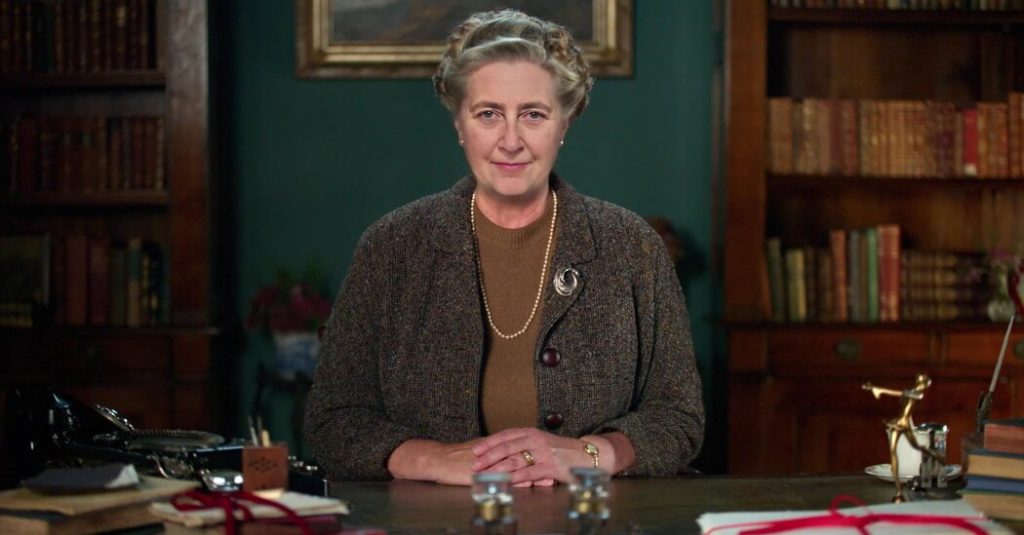SECOND LIFE: Having a Child in the Digital Age, by Amanda Hess
In 1997’s “Surrendering to Motherhood,” the baby boomer writer Iris Krasnow jettisoned Ram Dass and journalism to find full-time enlightenment in her four joyously Fudgsicle-smeared sons. A decade later, in “Alternadad,” the Gen X-er Neal Pollack exposed his fetus to Beck; come new fatherhood, to stay cool, the writer started a band. Now, millennials join the parenting memoir canon, notably via Amanda Hess’s engrossing “Second Life: Having a Child in the Digital Age.”
Described by the A.I.-penned FactsBuddy.com as “a woman of average stature with son Alma born in October 2020” (both name and month, she wryly notes, are inaccurate), Hess is actually a New York Times critic at large on pop culture and the internet. So it’s fitting that the obsessively phone-swiping, not-particularly-maternal Hess begins her motherhood journey on an app.
It’s a menstrual tracker, aptly named Flo, who dispenses quasi-scientific girl-boss advice throughout the month — flagging Day 21 as an opportunity “to tackle thorny conversations with colleagues or managers.” Flo also tags Hess’s days of ovulation in blue, awakening her muffled ticking clock.
Hear an excerpt, read by the author
A strength of “Second Life” is how, with a reporter’s gimlet eye, Hess lenses out from her personal experience. Her research reveals that Flo’s creators are less “Our Bodies, Ourselves”-style feminists than the “tech-bro” twin brothers Yuri and Dimitri Gurski from Belarus.
Still, Hess finds clicking on her medicine-pink “global menstrual surveillance tool” grindingly addictive, spurring a descent into other internet rabbit-breeding holes. WebMD alone invites 74 companies to track her and stores 153 cookies in her browser; instantly, digital advertising algorithms rise up after her, like winged monkeys in plant-based clothing.







